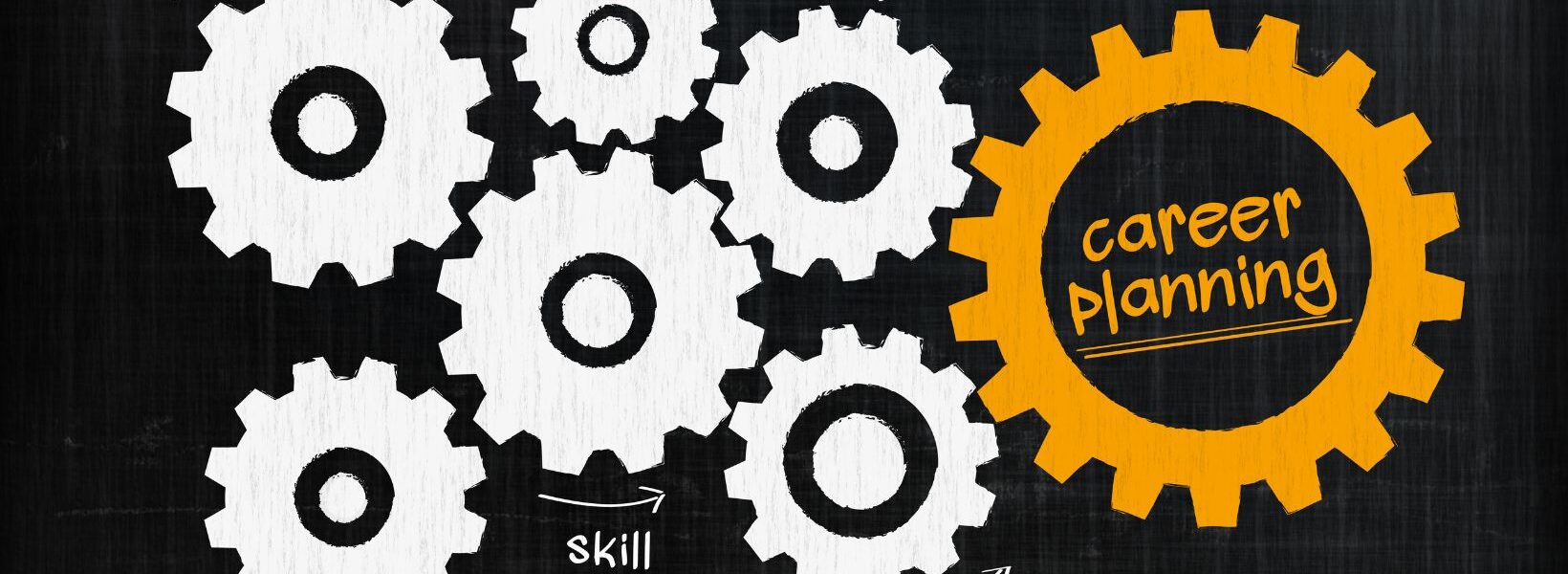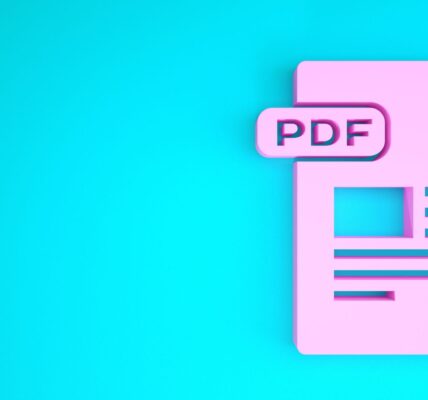Looking to take your career to the next level? Crafting a solid career development plan is key. In this article, I’ll walk you through an example of a comprehensive career development plan that can help you achieve your professional goals. From setting clear objectives to outlining actionable steps, I’ve got you covered.
Career Development Plan Example
When it comes to creating a solid career development plan, the first step is to have a clear understanding of where I currently stand in my professional journey. This includes assessing my skills, strengths, weaknesses, and career goals. By recognizing my current position, I can better tailor my plan to address areas that need improvement and focus on leveraging my strengths.
To gain a comprehensive overview, I analyze my current job role, responsibilities, and performance evaluations. Additionally, gathering feedback from mentors or supervisors can provide valuable insights into areas that I excel in and areas that require further development. Understanding where I stand in terms of skills, experience, and career aspirations is crucial in mapping out a career development plan that is tailored to my specific needs and ambitions.
It’s also essential to assess external factors that may impact my career growth, such as industry trends, market demands, and potential career opportunities. By staying informed about the job market and industry developments, I can proactively position myself for future success and growth in my chosen field.
Set Specific Career Goals
Setting specific career goals is essential in developing a comprehensive career development plan. When I craft my career goals, I focus on making them SMART:
- Specific: Clearly defining what I want to achieve in my career.
- Measurable: Ensuring that I can track progress and success.
- Achievable: Setting realistic goals within reach.
- Relevant: Aligning goals with my career aspirations and values.
- Time-bound: Establishing a timeline for achieving each goal.
Identifying these SMART goals helps me stay focused, motivated, and accountable throughout my career journey. By setting specific career goals, I create a roadmap that guides my actions, decisions, and professional growth.

Identify Key Development Areas
When creating a career development plan, it’s crucial to identify key areas for improvement. Reflecting on my current skills and competencies, I pinpoint areas of growth that align with my career goals. This self-assessment helps me understand where I excel and where I need to focus my efforts.
Key Steps to Identify Development Areas:
- Conduct a skills assessment to evaluate strengths and weaknesses.
- Seek feedback from mentors, peers, and supervisors to gain diverse perspectives.
- Consider industry trends and future demands to stay relevant and competitive.
By identifying key development areas, I tailor my career development plan to address specific skill gaps and enhance my overall professional capabilities. This proactive approach sets me on a path towards continuous learning and improvement.
- Focused growth: Concentrating efforts on specific areas leads to targeted skill enhancement.
- Increased marketability: Developing in-demand skills enhances career prospects and market value.
- Personal satisfaction: Progress in identified areas brings a sense of accomplishment and fulfillment.
Continuously reassessing and refining these development areas ensures that my career remains on track towards achieving my long-term goals.

Create an Action Plan
When developing a career action plan, specificity is key to set clear objectives and define the necessary steps to achieve them.
- Identify Goals: Start by setting SMART goals – Specific, Measurable, Achievable, Relevant, and Time-bound. This will give you a clear direction and a timeline for achieving each goal.
- Break it Down: Divide each goal into smaller, manageable tasks. This will help prevent overwhelm and allow you to make steady progress towards your goals.
- Set Priorities: Determine which tasks are most critical to your career development. Focus on these priorities to ensure you are making effective use of your time.
- Create a Timeline: Establish a timeline for completing each task. This will help you stay on track and maintain momentum towards your goals.
Remember, an action plan is a dynamic document that can be adjusted as needed. Flexibility is essential to adapt to changing circumstances and stay aligned with your career objectives.





